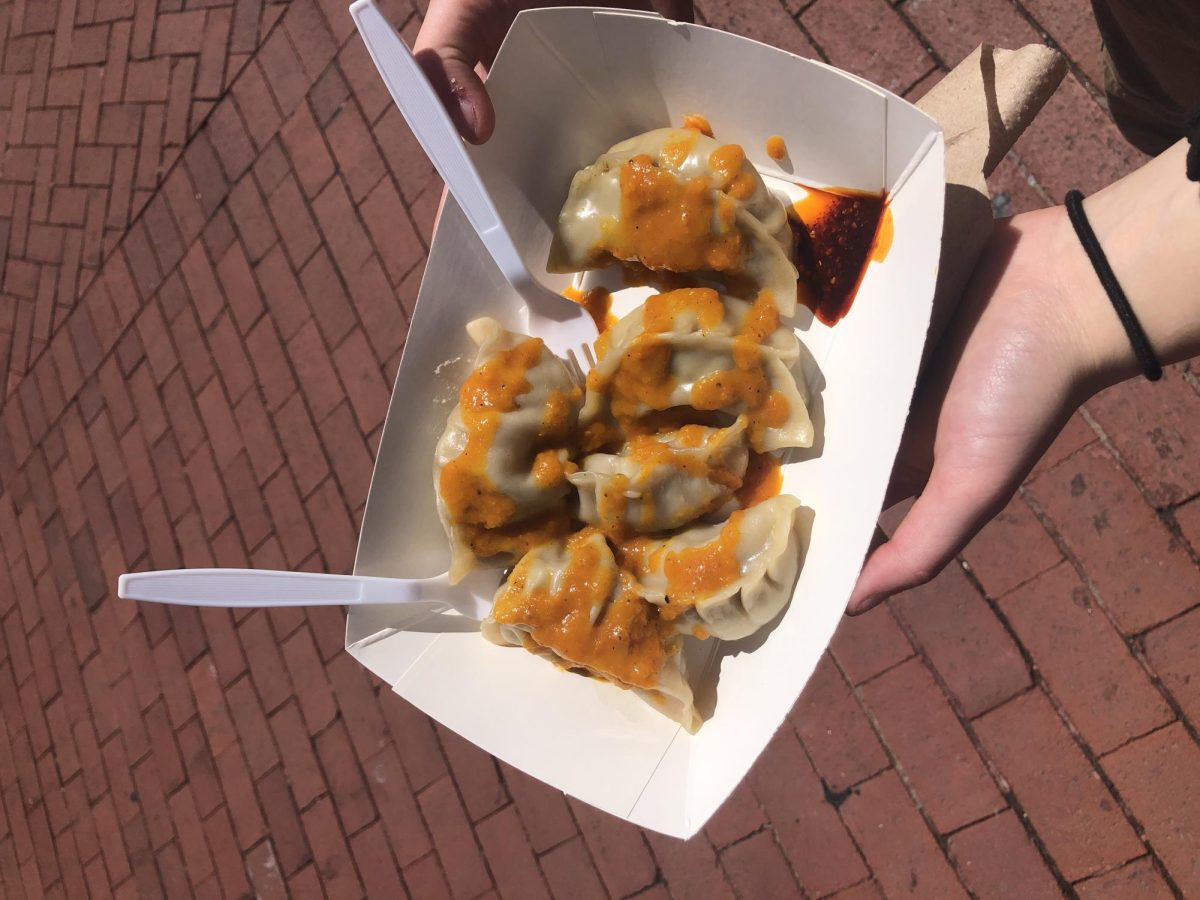For our readers keeping up with Taste Testers: a tradition where we go around Boulder buying specific foods and ranking them on a handy little table to determine the quality, price, and deliciousness of the item. In this issue, we are chomping down on dumplings. Seeing all of the different dumplings and names for dumplings made us wonder, what even is a dumpling?
To figure this out, we must start at the beginning. The history of this stuffed treat is fascinating; it spans many years, as these delicious morsels have traversed many different cultures. The origin of dumplings is a mystery. Some sources say they were spread by nomadic Turkic peoples living in Western China and Central Asia. Others believe they were created by a doctor named Zhang Zhongjing around 200 A.D. They first appeared on written Chinese records more than 1700 years ago where the classic wrapping is referred to as “manti”.
The “original” dumplings contained a meat filling (usually pork or mutton), and aromatic spices, wrapped in a wheat-based kneaded and steamed dough, accompanied by a delicious meat sauce for dipping.
As the Turikic people migrated to the West and spread the dumplings, they evolved to be filled with lamb, (because of Islamic restrictions against pork).
Different styles of wrapping dumplings and varied fillings started developing from there. Regions where people couldn’t cultivate wheat made the steamed dough from sweet potato, rice, and tapioca.
During this time, scholars believe even Genghis Khan was stuffing his face with dumplings along with his Mongol empire, furthering the spread of the dumpling craze, specifically to Eastern Europe. The first use of the word “Dumpling” was found in an English text from the 1600’s.
Shortly after, as they hired Turkic people to work for them, the Russians began munchin’ on dumplings. Thus more variations such as pelmeni (in Russia), pierogi, and valenki (in Ukraine and Poland) were born, which were stuffed with regional items like cabbage, cherries, potatoes, and cheese.
When Japan occupied China during World War ll, the Japanese gyoza was born; a take on dumplings that skips the broth and is typically pan-fried.
Dumplings spread around the world, adjusting to everywhere they went; changing ingredients, and becoming unique and enchanting millions of palettes.
In terms of engineering; it’s brilliant. Meat and dough alone is not a full meal, but add vegetables, soup, and spices, and it’s perfectly satisfying and feeds larger amounts of people.
Dumplings are a beautiful part of human history; they represent people’s common love for delicious things and inspire union, hope, and peace on Earth.



